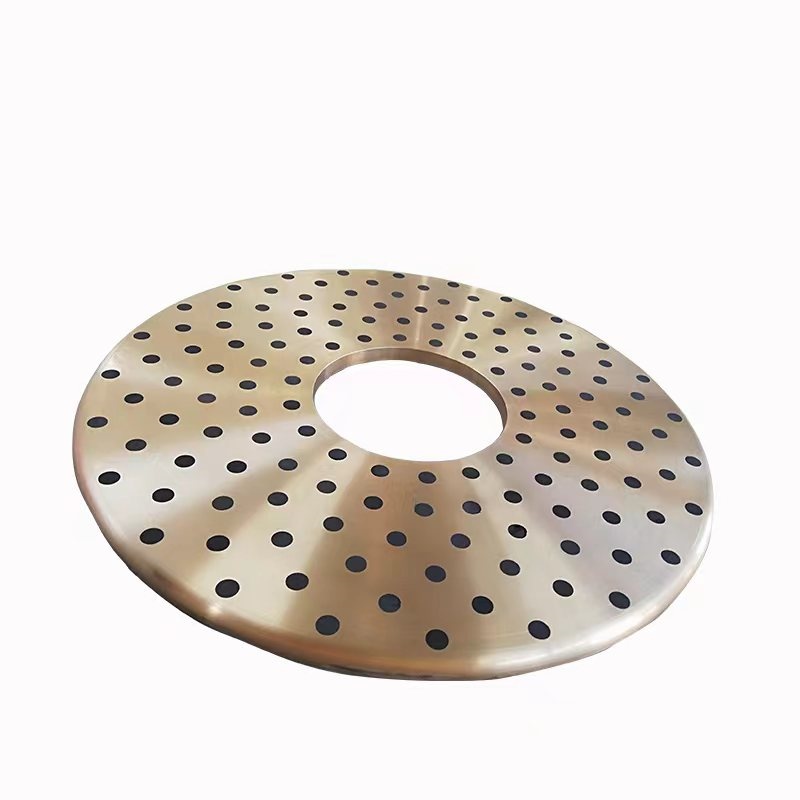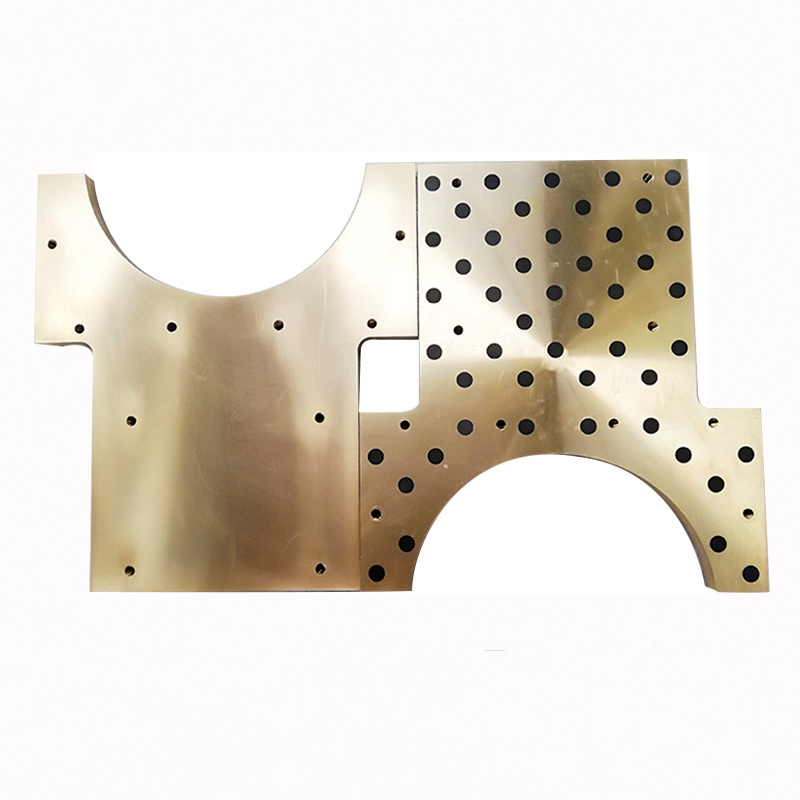 Mazhuang Village, Yuhe Town, Huixian City, Xinxiang City, Henan Province, China
Mazhuang Village, Yuhe Town, Huixian City, Xinxiang City, Henan Province, China
 Service Hotline +86 17630258963
Service Hotline +86 17630258963  Cell phone +86 17630258963
Cell phone +86 17630258963 In the crusher, copper pads (copper gaskets) are mainly used for filling, sealing, adjusting gaps and providing support. According to different uses and design requirements, bronze gaskets can be classified into the following categories:
Bronze gaskets: Made of copper and tin alloy, with good wear resistance, corrosion resistance and high strength, suitable for high load and high temperature environment.
Brass gaskets: Made of copper and zinc alloy, with good thermal conductivity and corrosion resistance, suitable for general mechanical applications.
Aluminum bronze gaskets: Made of copper and aluminum alloy, with higher strength and corrosion resistance, suitable for harsh environments and high temperature applications.
Manganese bronze gaskets: Made of copper and manganese alloy, with extremely high strength and wear resistance, suitable for high pressure and high load environments.

Flat bronze gaskets: With a flat surface, they are often used to evenly distribute pressure and fill gaps to ensure the stability of mechanical parts.
Spring bronze gaskets: Designed with an elastic structure, they are used to compensate for dynamic gap changes between components and provide a certain elastic support.
Inlaid bronzgasket: embedded with other materials (such as rubber or graphite) for sealing and improving wear resistance, suitable for use in sealing or high friction parts.

Sealing bronze gasket: used for sealing between mechanical parts to prevent liquid or gas leakage and ensure the airtightness of the system.
Adjusting bronze gasket: used to adjust and compensate the gap between mechanical parts to ensure the correct fit of the parts.
Support bronze gasket: provides support and support points, reduces direct contact between parts, and reduces wear and stress concentration.
The use of these bronze pads in crushers can effectively improve the stability and operating efficiency of the equipment, reduce maintenance frequency, and ensure the long-term stable operation of mechanical parts.
